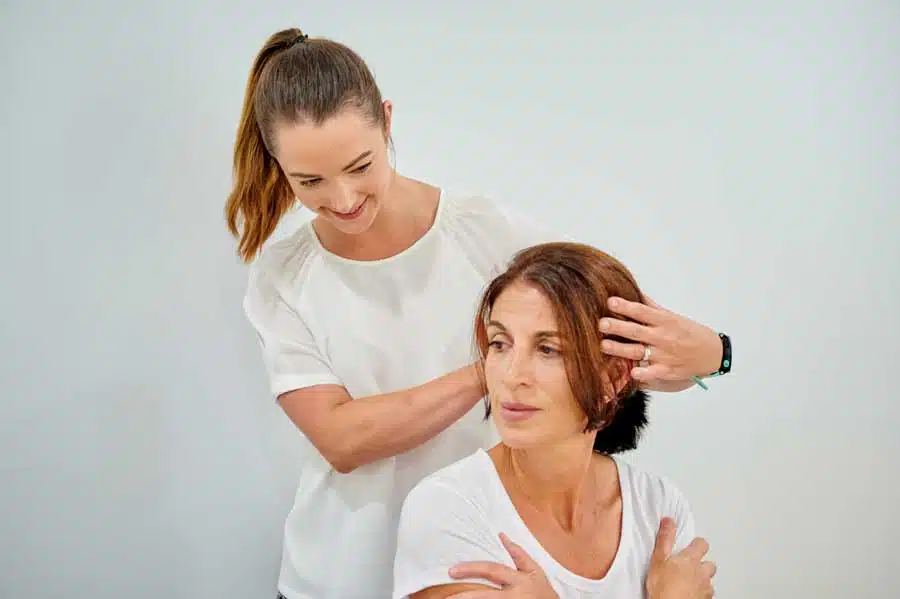BLADDER PAIN SYNDROME (BPS)
According to a recent study, 1.2 million people in Australia are living with BPS, that’s approximately 5% of the population. As a result, if you’ve been dealing with persistent, chronic bladder pain for some time – you aren’t alone. Thankfully, there are plenty of resources available to you at this time.
What is Bladder Pain Syndrome?
Bladder pain syndrome refers to persistent or recurring pain in or around the bladder. This pain can be accompanied by a range of other symptoms. For example, you may find that pain worsens when your bladder is full. Bladder pain syndrome, however, is hard to diagnose as there is no proven infection or obvious cause leading to the condition.
What are the symptoms of Bladder Pain Syndrome?
The most common symptoms of BPS include:
- An increase in the amount of time you need to use the toilet or a sense of urgency.
- Burning sensation while urinating, or urinary pain.
- Phantom UTIs (The symptoms of infection but without an infection present).
- Pain above or around the public bone.
- Pelvic floor dysfunction.
Other common symptoms, which are not related to the bladder specifically include:
- Pelvic Pain
- Hip/SIJ/lower back pain
- Constipation
- Sexual pain/dysfunction
Are there any factors that may put someone at higher risk of developing this condition?
As there is no known cause for BPS, it’s unknown what risk factors could leave you more vulnerable to developing the condition. However, over 80% of people with BPS have associated pelvic floor dysfunction.
How is BPS diagnosed?
BPS is diagnosed by a process of exclusion. This means your doctor or healthcare provider will run tests to rule out other conditions before they can make a BPS diagnosis. For example, they will carry out routine tests, such as biopsies and bladder cystoscopies to rule out cancers and other conditions prevalent in the area.
How is BPS treated?
Right now, pelvic floor physiotherapy is considered the best treatment option for those diagnosed with BPS. This is the only treatment option given grade “A” evidence by the American Urological Association, since it offers significant pain relief in over 63% of patients.
At Sydney Pelvic Clinic, our team of physiotherapists are well-versed in providing support to patients with BPS and related conditions. This means we can identify muscular and fascial (connective tissue) restrictions within your pelvic floor that may be related to or causing your symptoms. These exercises can help to reduce pain quite considerably and allow you to regain full bladder function.
Self-management also plays a role in your healing journey. Your physiotherapist will provide you with advice on certain steps you can take to facilitate the process. This could include:
- Targeted hip & pelvic stretches
- Baths (+/- Epsom salts)
- Release exercises (using foam rollers and lacrosse balls)
- Deep breathing exercises & mindfulness
- Core strengthening exercises
- Enhancing sleep quality.
- Self-care/self-compassion.
Tips for Dealing with BPS.
- Seek the help of an experienced pelvic physiotherapist.
- Stay hopeful. BPS is distressing, but it can be overcome.
- Stay active and move where possible.
Common Myths About BPS.
Myth: Hunner’s Lesions cause BPS.
Truth: The majority of people who have been diagnosed with BPS have no lesions/pathology on their bladder scans whatsoever.
Myth: Having UTI symptoms must mean I have UTI.
Truth: Phantom UTIs are a common symptom of BPS, caused by the tension of pelvic floor muscles. This means you can feel the pain/discomfort associated with a UTI, without midstream urine tests picking up on an infection.
Myth: Surgery is the only recommended treatment for BPS.
Truth: Surgery is only considered when all other avenues have been explored, and the condition will have lasting effects on your bladder function. Pelvic physiotherapy is the most reliable form of treatment.
Myth: BPS is rare.
Truth: BPS affects approximately 5% of the population.
Myth: The symptoms are all in my head.
Truth: As there is no underlying cause, it’s easy to feel like your symptoms are false or imagined. However, what you are experiencing is real and reaching out for help is important.
Here at SPC, we understand what you are going through, and are here to help. After all, many people with BPS live healthy, pain-free lives, meaning that you can too! Get in touch today to find out more.
